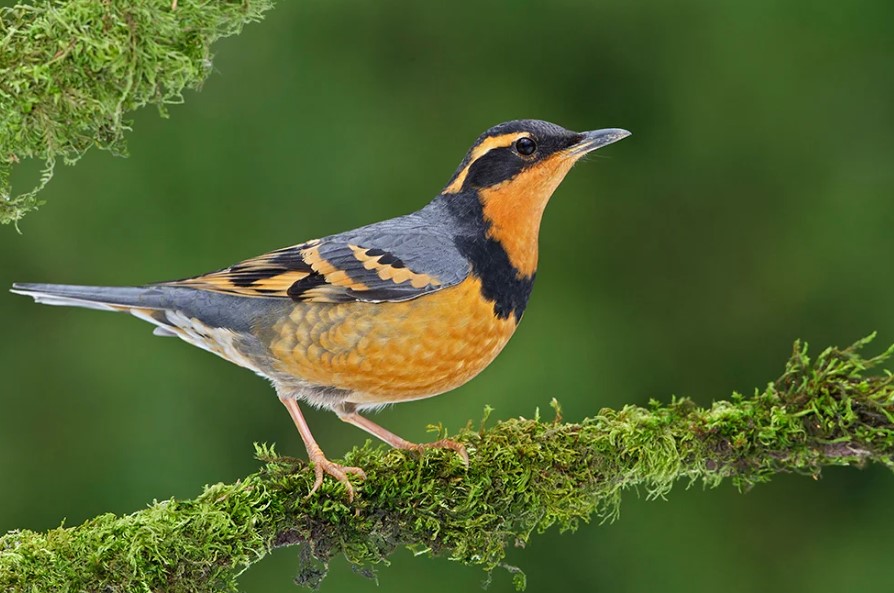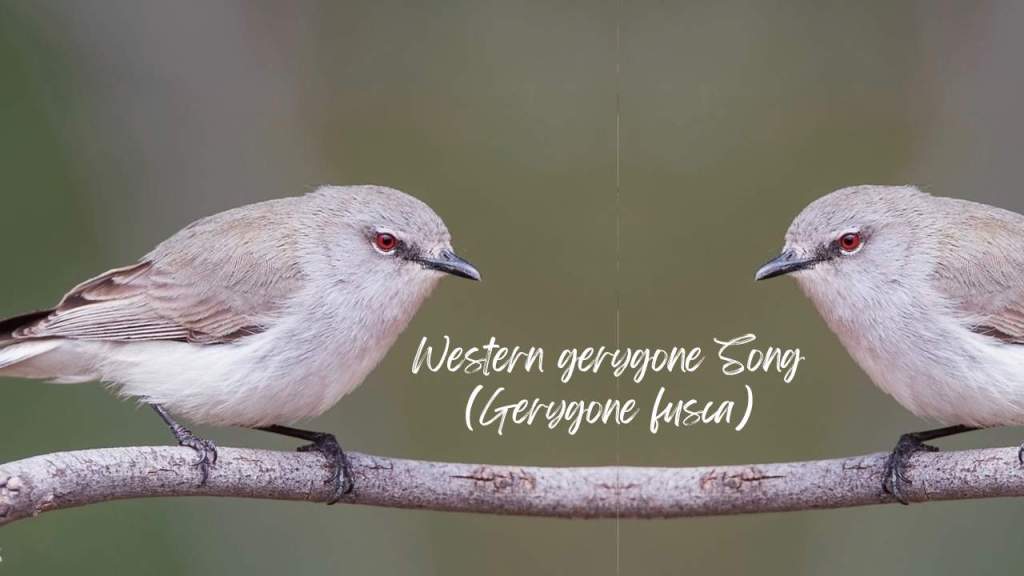The varied thrush song and black and orange plumage make it easy to recognize. The varied thrush is a beautiful songbird that is native to North America. This species of thrush is known for its melodious song, which comprises a mix of chirping, trilling, and whistling.
The ethereal song of Varied Thrush has an exclusive sound that is often described as someone whistling in the forest. If you are a bird lover, then you must hear about this bird, which is perhaps a favorite among bird enthusiasts. Although Varied thrush is a solitary bird and is often found in coniferous forests, mixed forests with moist air are the habitats of this species.
As a migratory bird, the Varied Thrush’s song plays an important role in its migration ritual. It is a migrant bird and will migrate to low altitudes southward during the winter months. During the summer months, its song can be heard all over the Pacific Northwest, especially in the mountainous regions of the western United States. A bird’s song serves as a means of establishing and maintaining social bonds with other birds, as well as a means of navigating during migration. It prefers to live in thickets, orchards, and backyards during the winter.







